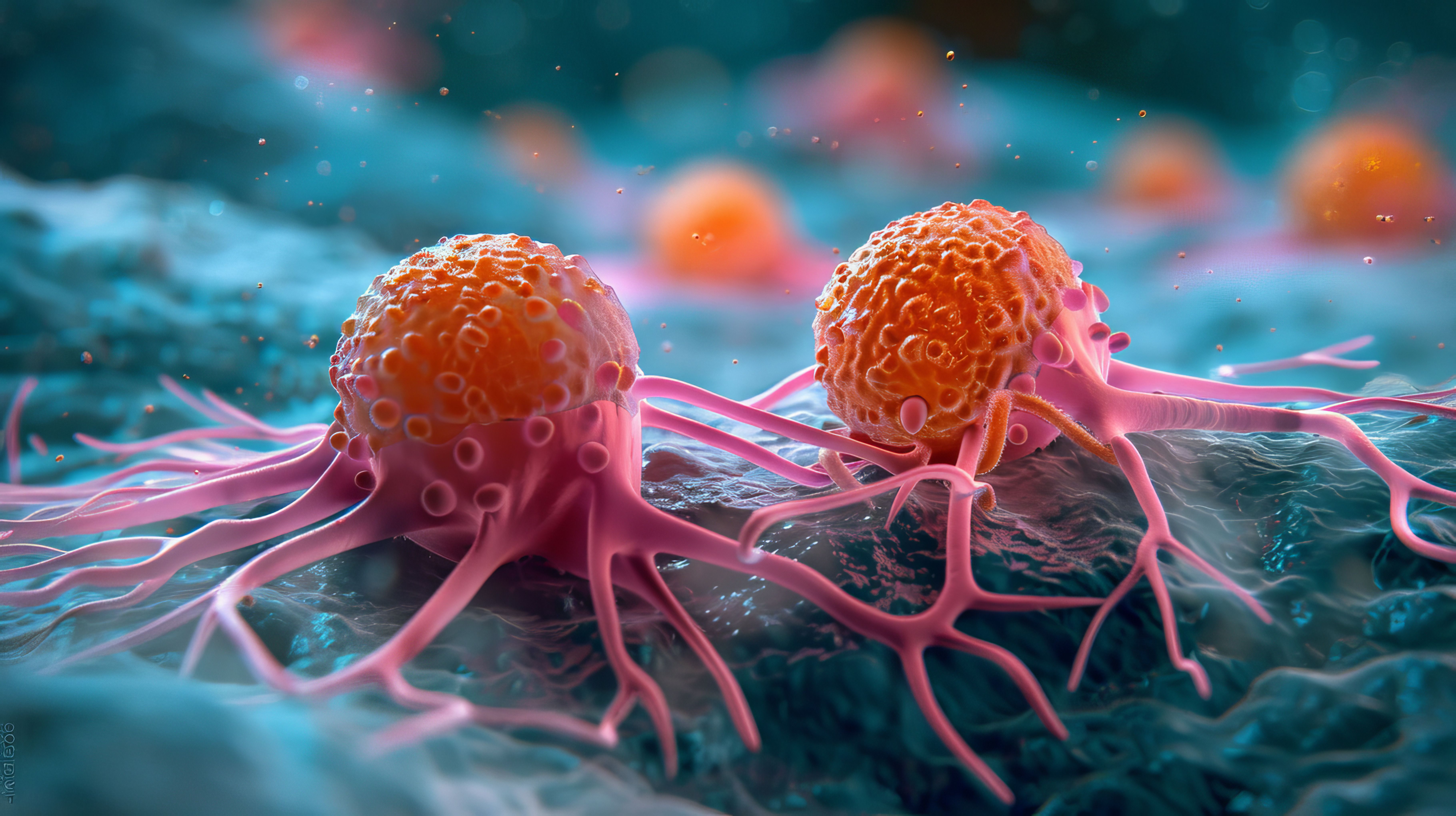Article
CD22 CAR T Cells Show Relatively Mild Neurotoxicity, Study Finds
Author(s):
Investigators found important differences that may help clinicians better understand how to manage toxicities associated with the therapy.
The toxicity profile of chimeric antigen receptor (CAR) T cells targeting CD22 differs from that of CD19-targeted CAR T-cells in important ways, and a new report published in the Journal for ImmunoTherapy of Cancer suggests the former generally has milder clinical manifestations.
The findings add important data about the safety of CD22-targeted CAR T cells, which the authors of the new study say are becoming an increasingly prominent therapy for the treatment of B-cell malignancies.
Corresponding author Nirali N. Shah, MD, MHSc, of the National Institutes of Health’s National Cancer Institute, wrote with colleagues that CAR T-cell therapies have been associated with hematological toxicities, both in the short- and long-term.
“Acute hematologic toxicities occurring within the first 28 days of treatment typically manifest in the context of cytokine release syndrome (CRS) and commonly include higher grade cytopenias and/or alterations in coagulation parameters such as prolongation of prothrombin time and activated partial thromboplastin time, elevation in D-dimer; and decrease in fibrinogen levels, often following a transient rise,” the authors explained.
Other reported complications include coagulopathy, clinically relevant bleeding, and hemophagocytic lymphohistiocytosis (HLH)/macrophage activation syndrome-like toxicities, they added.
The authors noted that most of the existing research into CAR T-cell therapy toxicities have been focused on CD19-targeted therapies.
“However, as CAR T cells targeting alternative B-cell antigens evolve, particularly as a salvage therapy, it will be important to characterize the range of toxicities associated with novel CAR T-cell constructs,” they said.
Shah and colleagues retrospectively analyzed a phase 1 study of CD22-targeted CAR T-cells in children and young adults with relapsed or refractory CD22-positive hematologic malignancies. In that study, 53 patients experienced CRS, but 43 of those patients achieved complete remission. About one-third of those patients (18 patients; 34.0%) experienced coagulopathy, and 16 of those patients had mild bleeding that resolved with CRS resolution. Three patients had manifestations of thrombotic microangiopathy, the authors added.
“Patients with coagulopathy had higher peak ferritin, D-dimer, prothrombin time, international normalized ratio, lactate dehydrogenase, tissue factor, prothrombin fragment F1+2 and soluble vascular cell adhesion molecule-1 (s-VCAM-1),” Shah and colleagues said.
Yet, while the authors said their data suggest patients treated with CD22 CAR T cells had a higher rate of HLH-like toxicities than those treated with CD19 CAR T cells, the clinical manifestations of those toxicities were milder than in CD19 CAR T cell–treated patients.
When the authors probed deeper to better understand CD22 expression in the central nervous system (CNS), single-cell analysis showed that CD22 is not present on oligodendrocyte precursor cells nor on neurovascular cells, but is present on mature oligodendrocytes. In addition, Shah and colleagues said 65% of patients who achieved complete responses had grade 3-4 neutropenia and thrombocytopenia at day 28.
The authors said their findings provide much-needed insight into the systems-based toxicities associated with CD22-targeted CAR T-cell therapy.
“As HLH-like toxicities were an important confounder with coagulopathy, we anticipate that with earlier recognition and pre-emptive intervention, both toxicities will become less challenging and more easy to manage than with these early experiences,” they concluded.
The authors said more work should be done to better understand the differential expression of CD22 and CD19 in the CNS.
Reference
Jess J, Yates B, Dulau-Florea A, et al. CD22 CAR T-cell associated hematologic toxicities, endothelial activation and relationship to neurotoxicity. J Immunother Cancer. 2023;11(6):e005898. doi:10.1136/jitc-2022-005898

The Challenge With CAR T? It’s Not the Drug, It’s the Delivery



